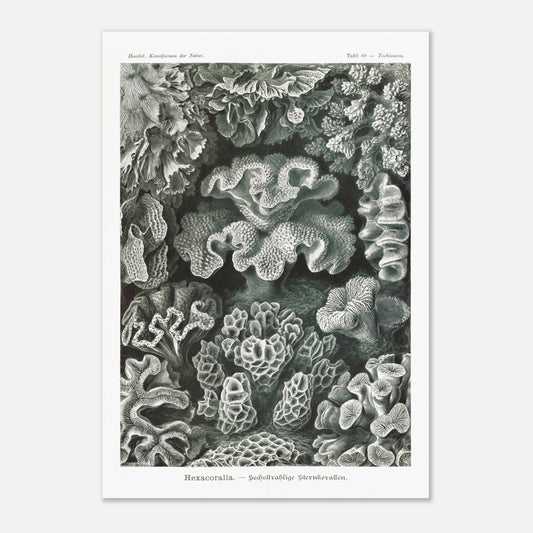Hexaradian Star Corals - Natural History Art Poster - Ernst Haeckel, Kunstformen der Natur
Hexaradian Star Corals - Natural History Art Poster - Ernst Haeckel, Kunstformen der Natur
Couldn't load pickup availability
Engraving reproduction of: Hexaradian star corals
Original title Hexacoralla - Sechsstrahlige Sternkorallen
Poster of Turbinaria - Cnidarians of the class Corals or Anthozoa (Order of Hard Corals, Scleractinia)
Illustration from the book Kunstformen der Natur, which is a collection of artistic lithographs of natural sciences published by the German biologist Ernst Haeckel between 1899 and 1904.
This naturalistic illustration is part of an overall style inspired by Ernst Haeckel, which greatly influenced the emerging Art Nouveau movement at the beginning of the 20th century. This work, illustrating the impressive beauty and great diversity of the biological world, was complemented by a certain amount of scientific information, some excerpts of which are reproduced below.
This information is over 120 years old and some of it may be outdated!
Scientific classification:
Cnidarian Phylum (Cnidaria) Class Anthozoa (Anthozoa) Order of Hexacoralla
Scientific notice (extract) accompanying the poster print of Hexacoralla - Hexaradial star corals :
This plate shows a group of corals as found in all their splendor and diversity of form and color on coral reefs in tropical areas. Only the skeletal structures of these skeletal animals have been represented here; the colored fleshy part covering the calcareous skeleton and shown in the illustrations on plates 9 and 49 has been removed. All the species represented on our plate belong to the order Hexacorallia (as do those shown on plates 9 and 49) and come from coral reefs in the Indo-Pacific (Singapore, Java, Sumatra). With the exception of Figure 8, all the species form colonies or masses consisting of numerous individual polyps or corallites; in Figure 8, a pair of individual polyps is shown, not forming colonies. The basic six-rayed shape of these hard corals is generated by the fact that six septa radiate from the central stomach of the pyramid-shaped polyp (at the base of the inverted pyramid), separated by thin septa; as new septa develop between the original six, a radiating star is formed (see explanation on Plates 9 and 49). The numerous polyps present on each coral colony are united by complete coexistence; all remain connected by a complex network of nutrient canals that runs throughout the colony and evenly distributes the food absorbed by the individual polyps. The shapes of coral colonies are extremely varied and changeable depending on the type of branching, growth, and environmental conditions that significantly modify them. Sometimes the colonial polyps are tightly packed to form compact masses (as in Astraea, Figs. 9, 10); sometimes they hang down by the roots (as in Euphyllia, Fig. 12). The main branches of the colony may form thick clusters (Hydnophora, Fig. 5) or thin blades (Lophoseris, Figs. 3, 4). There are many species of coral where each colony is unique (like trees in a forest); the formal distinction of "good species" (Bonae Species) seems rather subjective here. Figures 1 and 2 belong to the family Madreporidae, Figures 3 and 4 to the Fungiidae, and Figures 5 to 12 to the Astraeidae.
Species present on the naturalist board of Hexaradian Star Corals - Turbinaria :
- Turbinaria transformis
- Turbinaria robusta
- Lophoseris frondifera
- Lophoveris divaricata
- Hydnophora racemosa
- Tridacophyllia lactuca
- Manicina crispata
- Lithophyllia lacera
- Astraea magnifica
- Astraea expansa
- Pterogyra laxa
- Euphyllia striata
About this print
About this print
The layout and composition of this reproduction have been the subject of our greatest attention.
- Respect for the format of the original work: in order to faithfully transcribe the artist's intention, the work is not cropped/re-cut except in extreme cases (obvious imperfection, geometry problem, etc.) in which case the cropping will be as light as possible.
- The presence of white margins is sometimes necessary in order to present the work in a balanced manner.
- Each size offered has been specifically composed, therefore, the size of the white margins may vary from one print size to another. Remember to check this detail carefully!
- Print only, frame not included!
Features
Features
- Premium 200gsm matte white paper, durable and strong.
- Natural, smooth uncoated finish, silky to the touch
- FSC certified paper or equivalent certifications depending on regional availability.
- Each print is shipped in sturdy packaging, ensuring safe transport.
- Each print is printed and shipped on demand. No minimum order quantity is required.
Share !
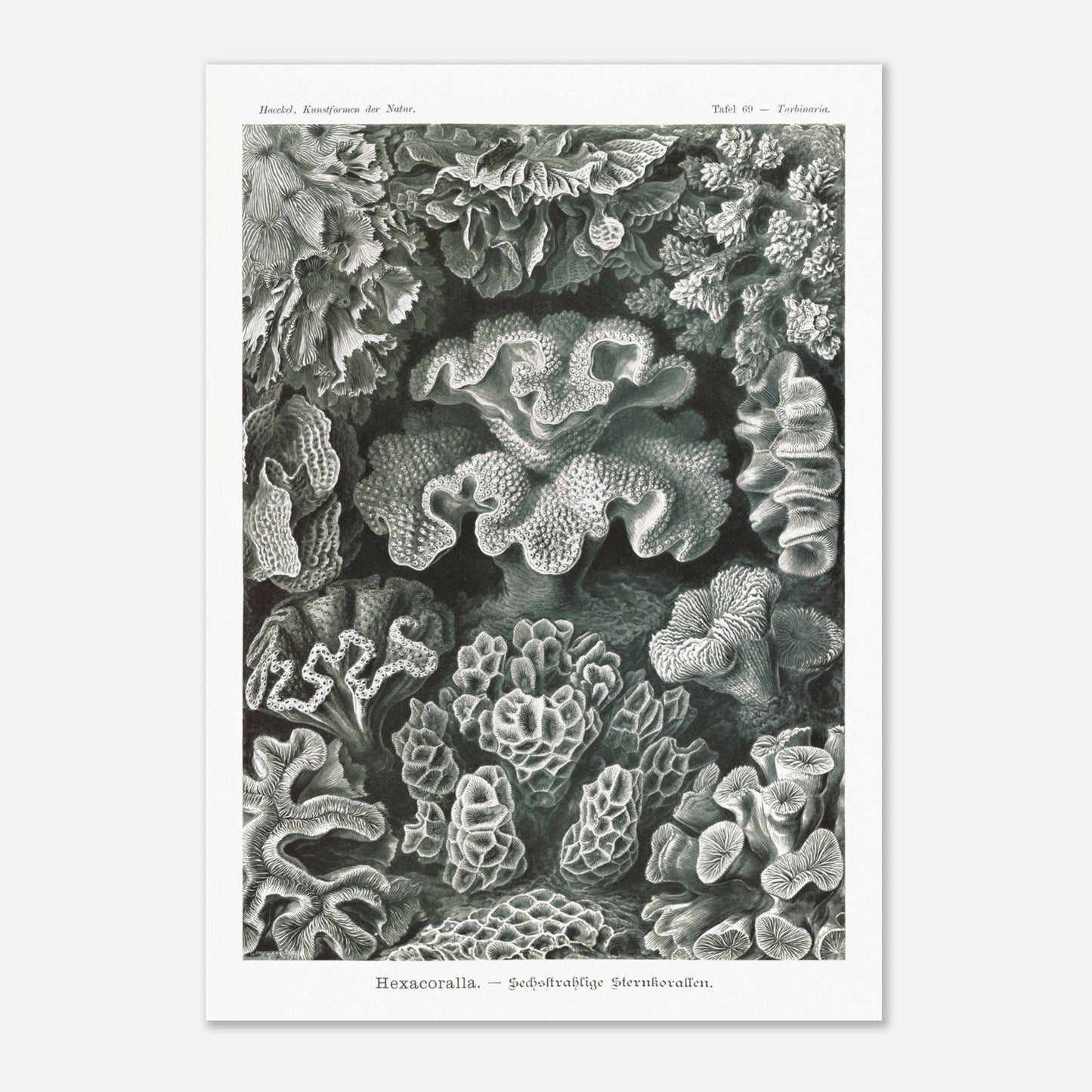
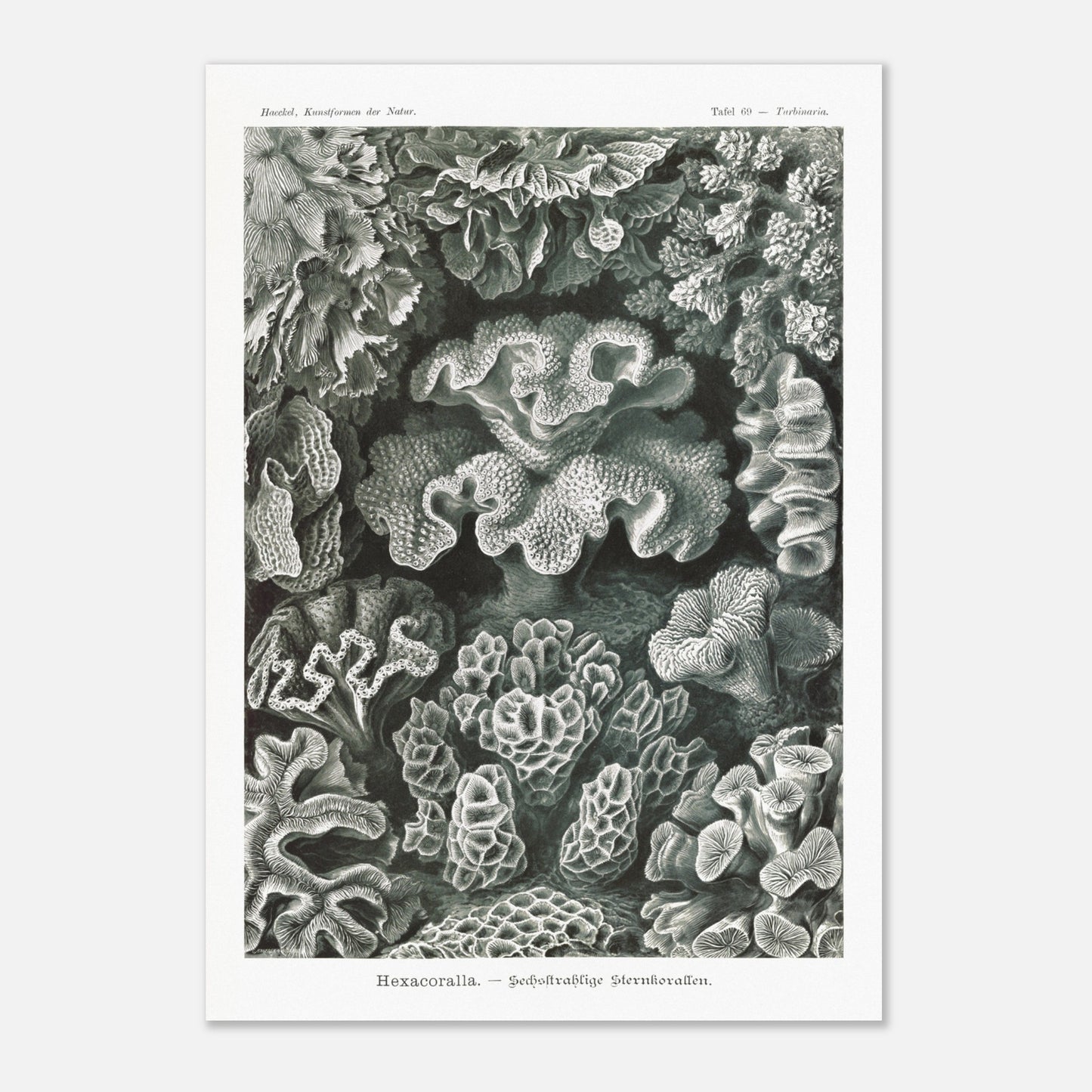
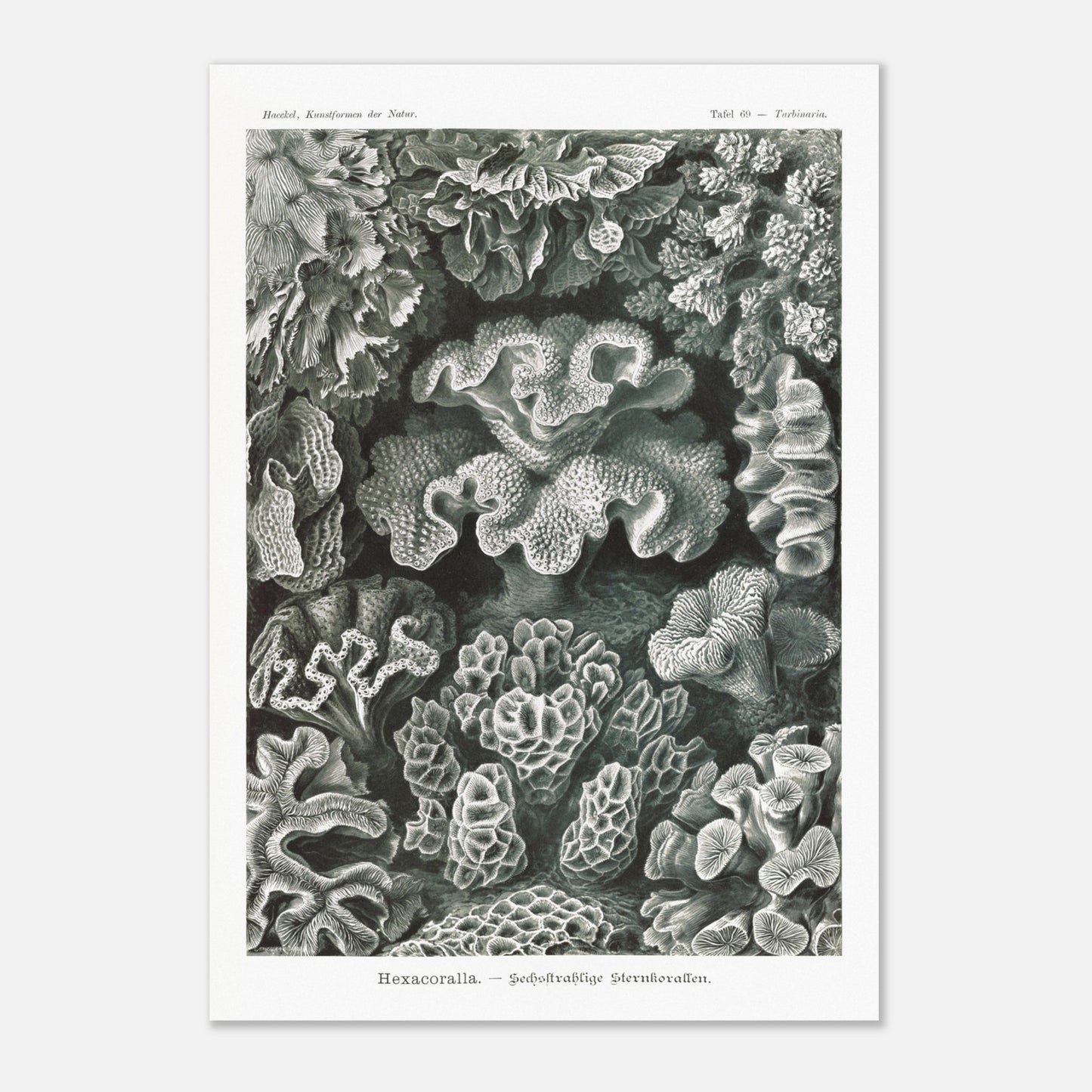
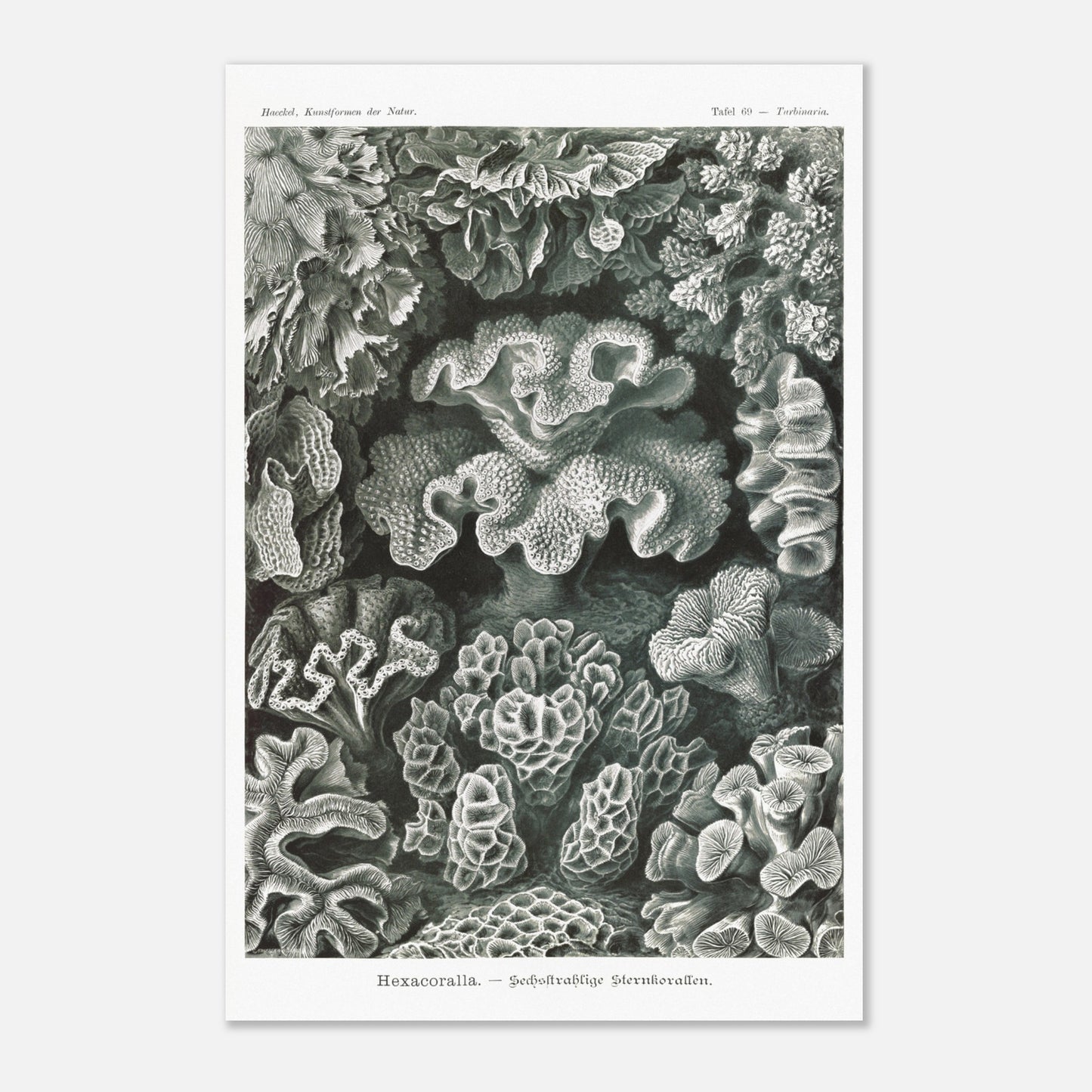
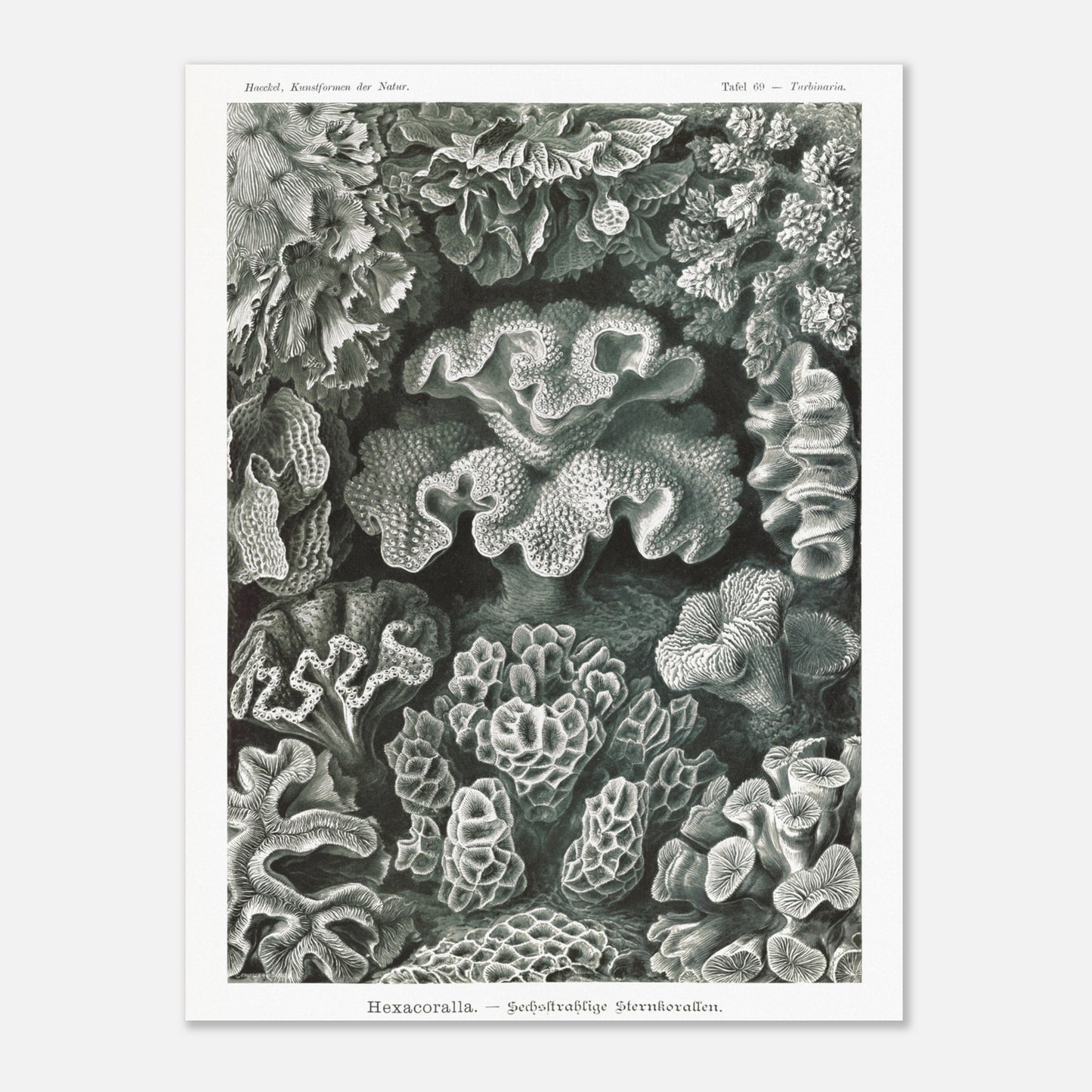
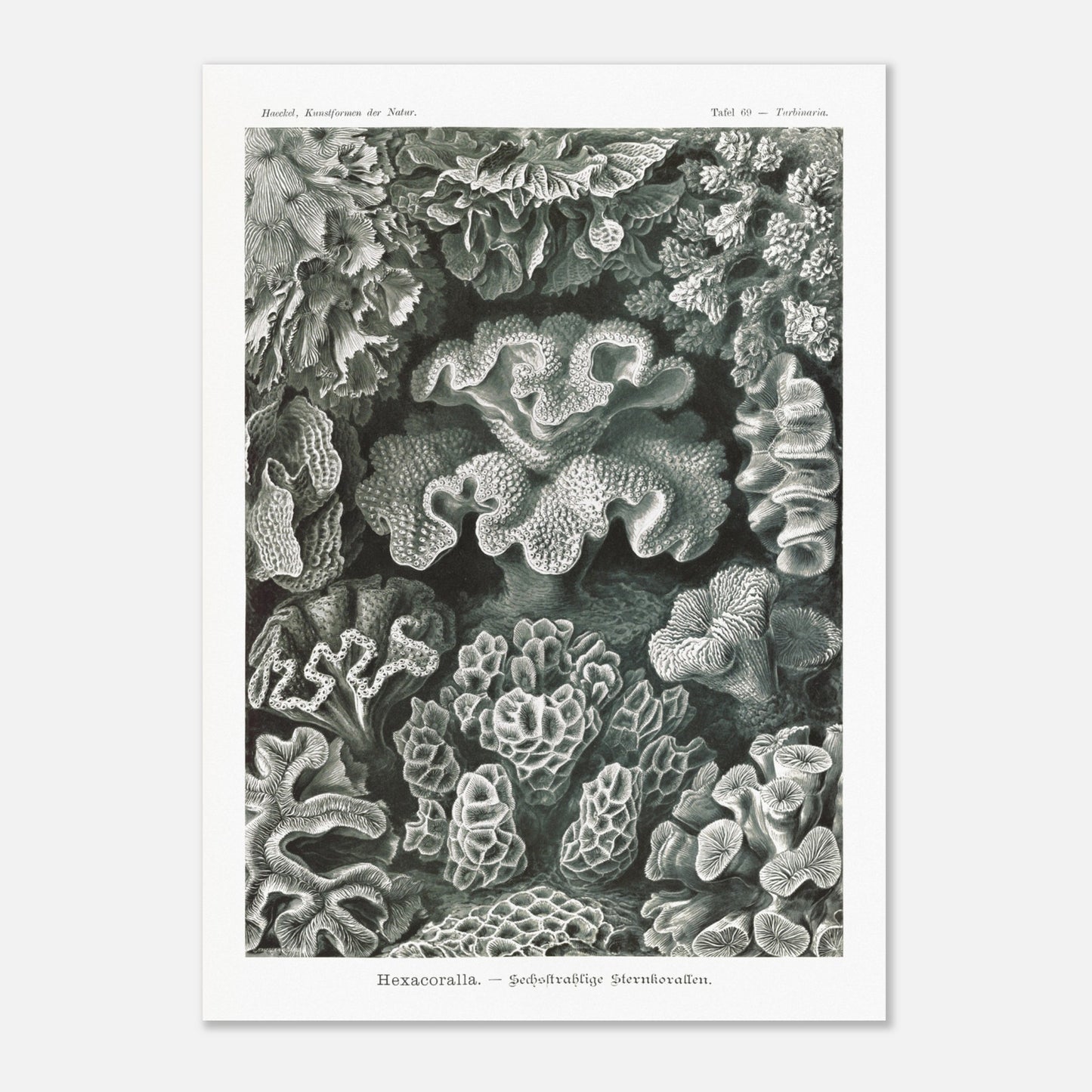
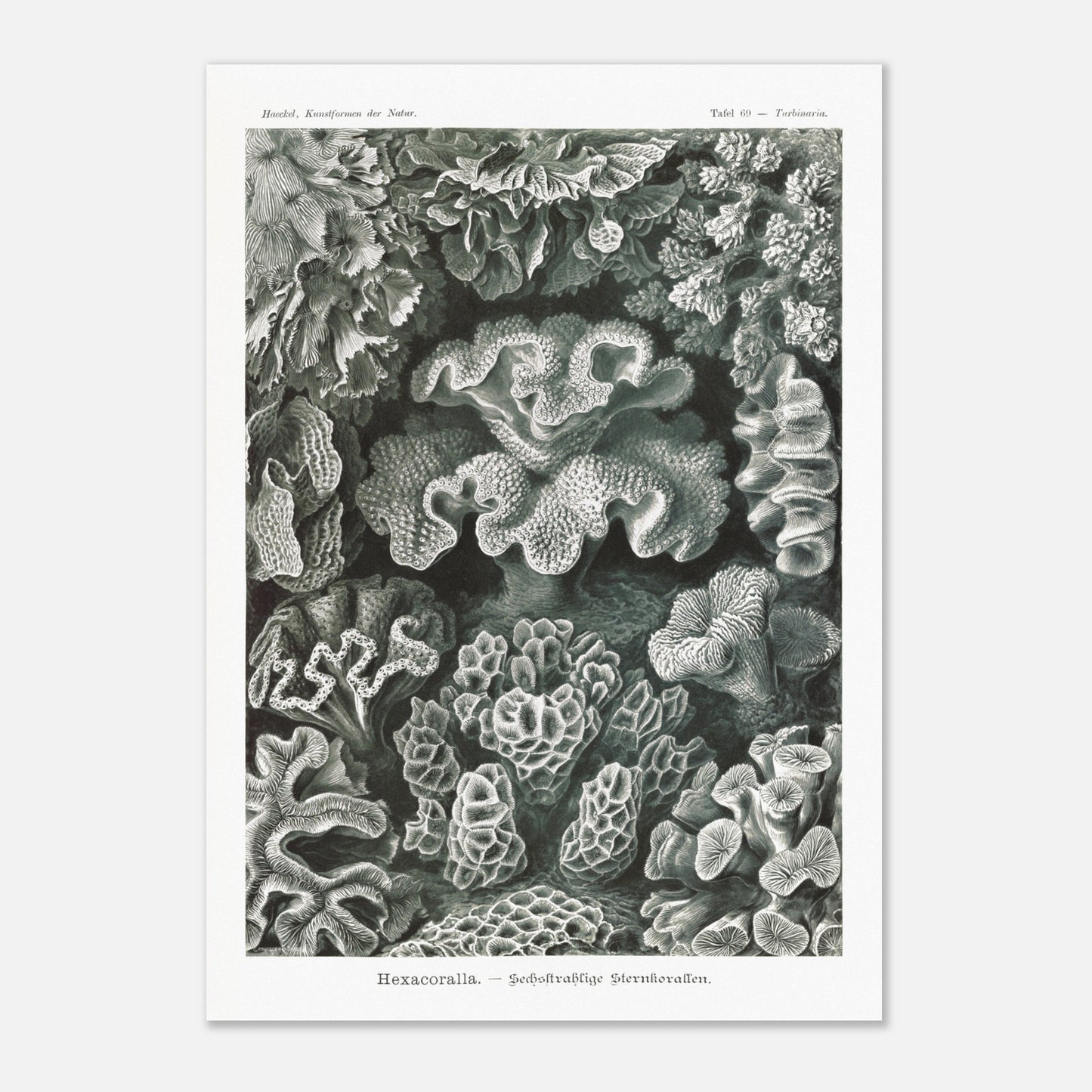
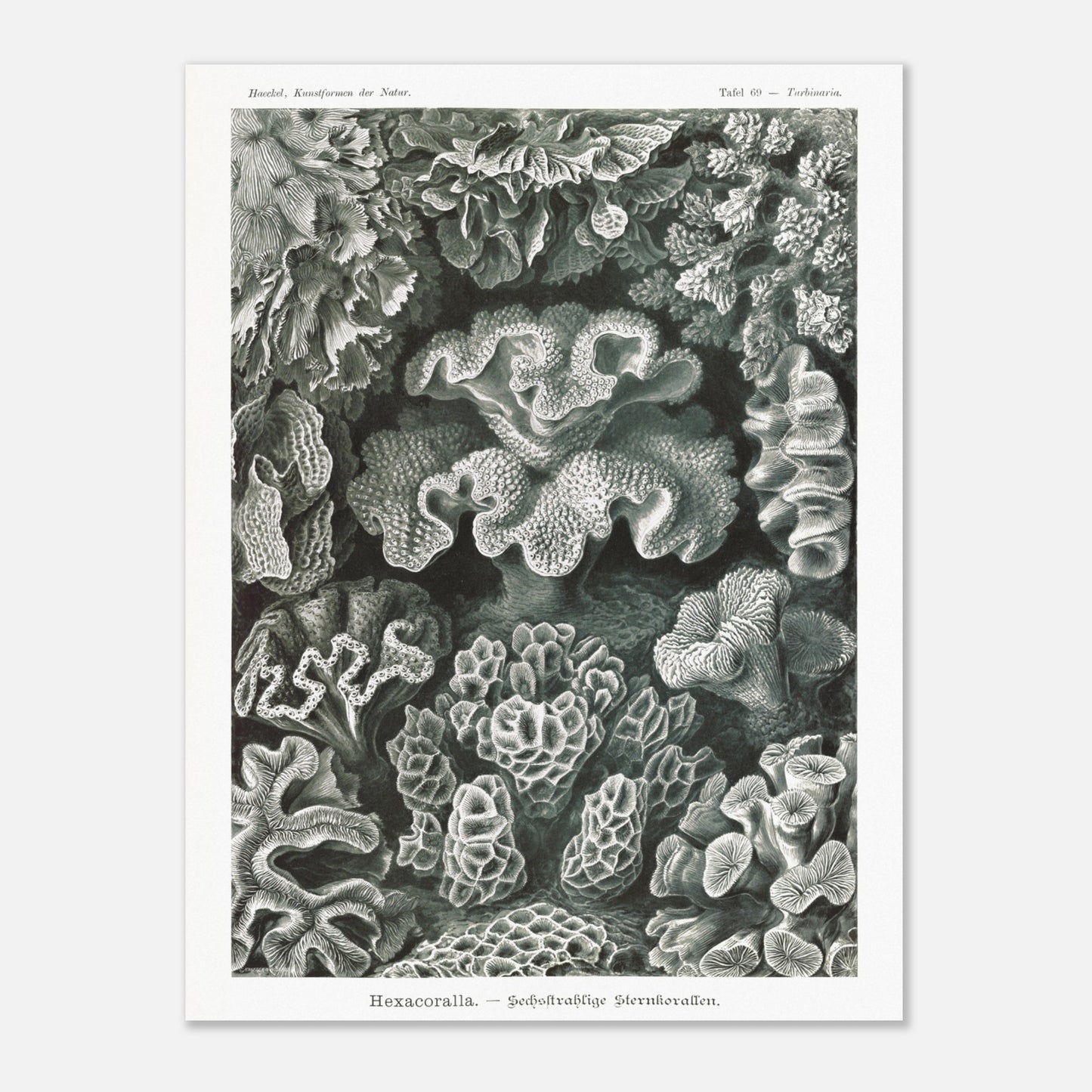
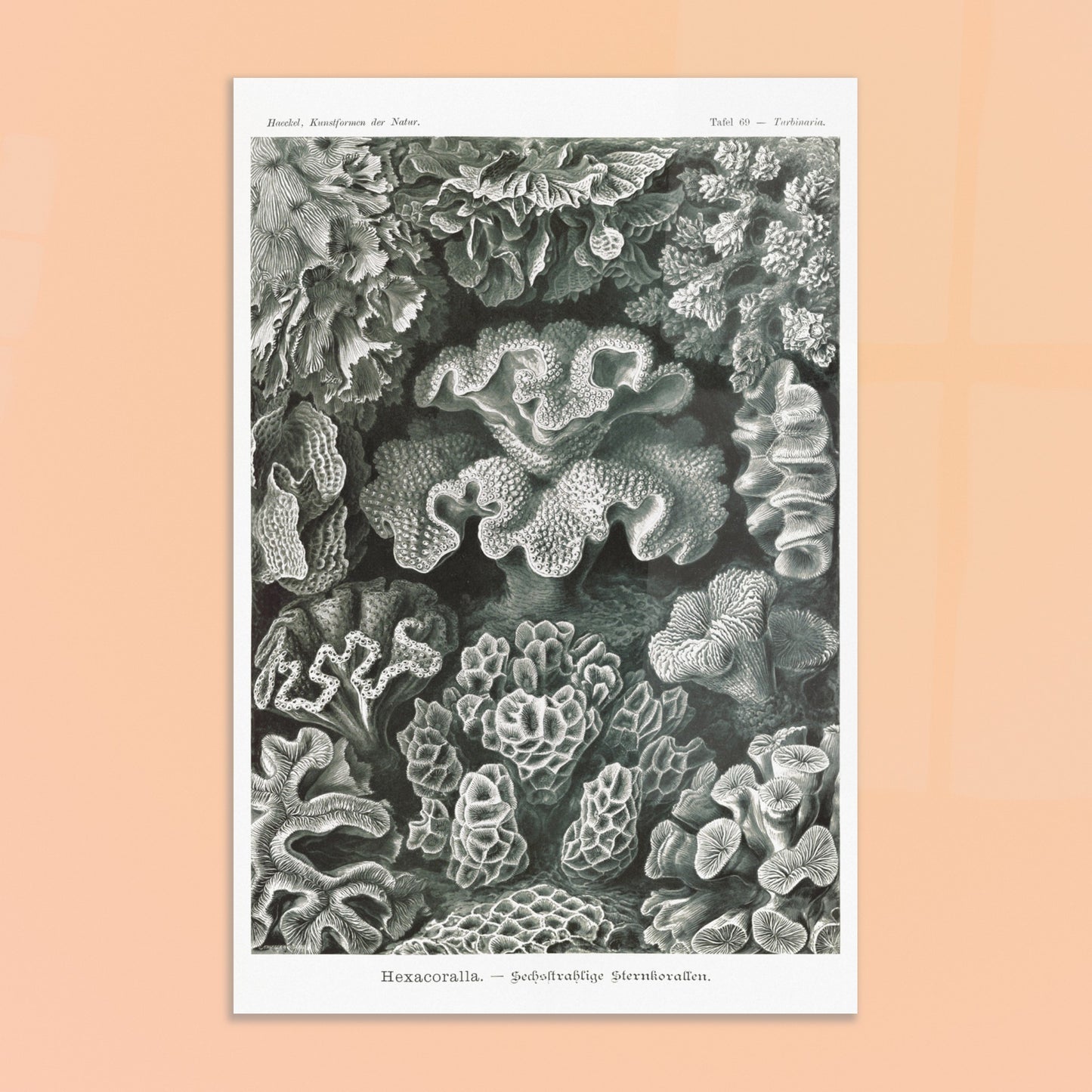
We are listening to you
If you are looking for a specific composition, a particular layout, or any other customization need, our team is at your disposal and will do everything possible to meet your requests.
So don't hesitate to...




